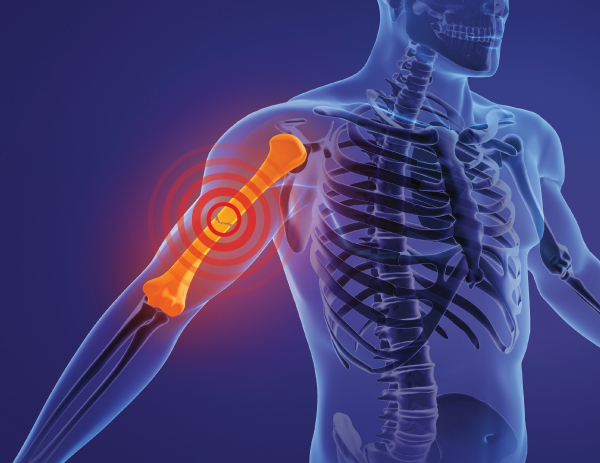Specialties and Procedures
Queens Fracture Specialists
A fracture is a crack or break in one of your bones. They may feel somewhat different from one another depending on the location, type, and severity of the injury, but they generally present similar symptoms. Fractures typically prevent you from moving the injured area and can cause swelling, bruising, tenderness, and deformity of the affected area.
What types of fractures are there?
Fractures are either complete, meaning that the bone has been fully shattered and separated into different pieces, or partial, meaning that the bone is still intact. The most common fractures include stable, open, transverse, oblique, and comminuted fractures.

Orthopedic Trauma
Sanjit R. Konda
Dr. Sanjit R. Konda, MD is the Chairman of Orthopedic Surgery for MediSys Health Network. He is also the Director of Orthopedic Trauma and Joint Replacement Surgery. He is the Director of Geriatric Orthopedic Trauma for NYU Langone Health. He specializes in treating poly-trauma patients and in fracture care, nonunion, malunion/deformity correction, pelvic and acetabular surgery and joint replacement surgery of the ankle, hip, knee and shoulder.
Orthopedic Trauma
Abhishek Ganta
Dr. Abhishek Ganta, MD is the Co-Director of Orthopedic Trauma at Jamaica Hospital Medical Center. He specializes in treating poly-trauma patients and in fracture care, nonunion, malunion/deformity correction, pelvic and acetabular surgery, and joint replacement of the ankle, hip, knee, and shoulder.



